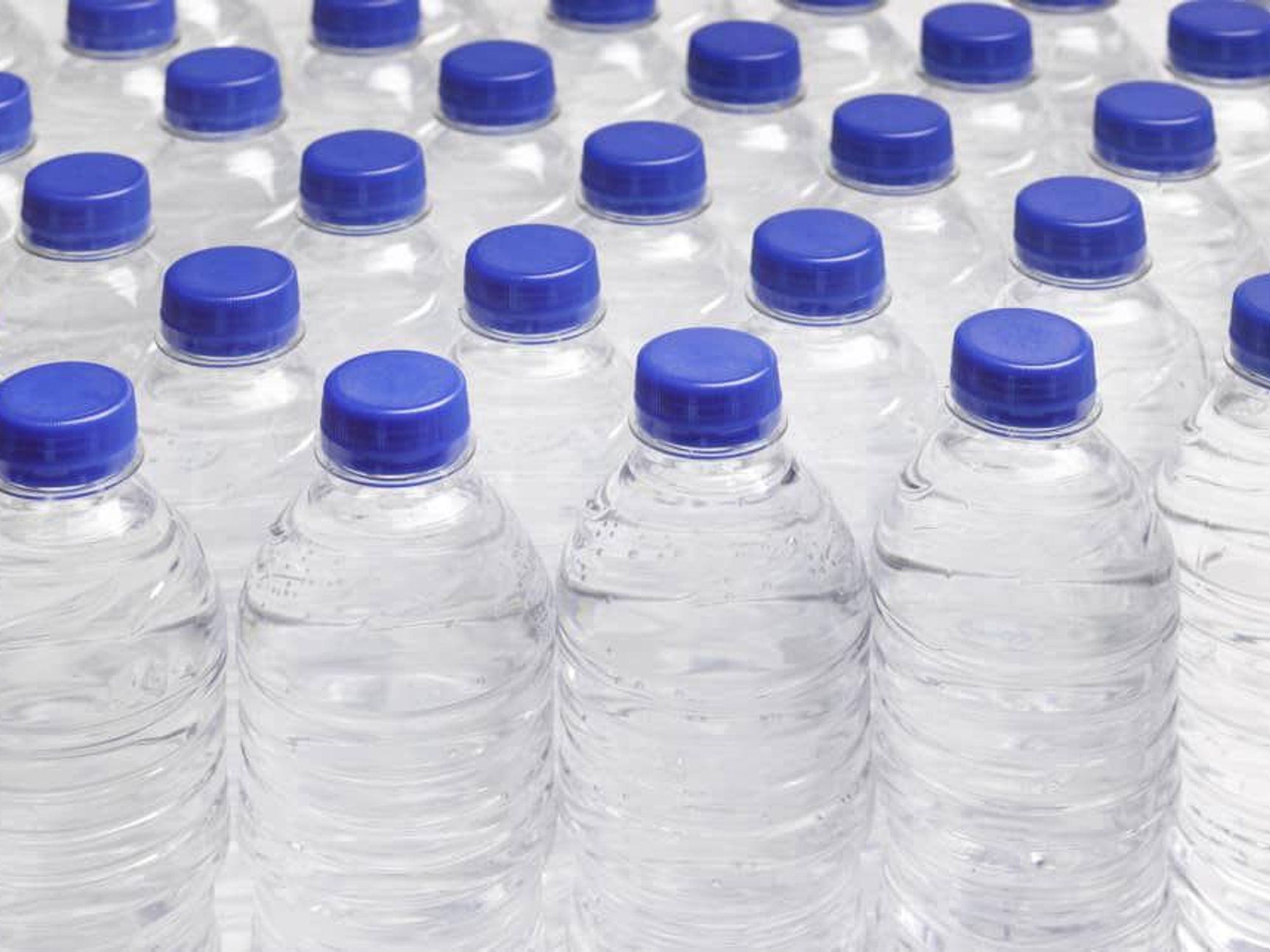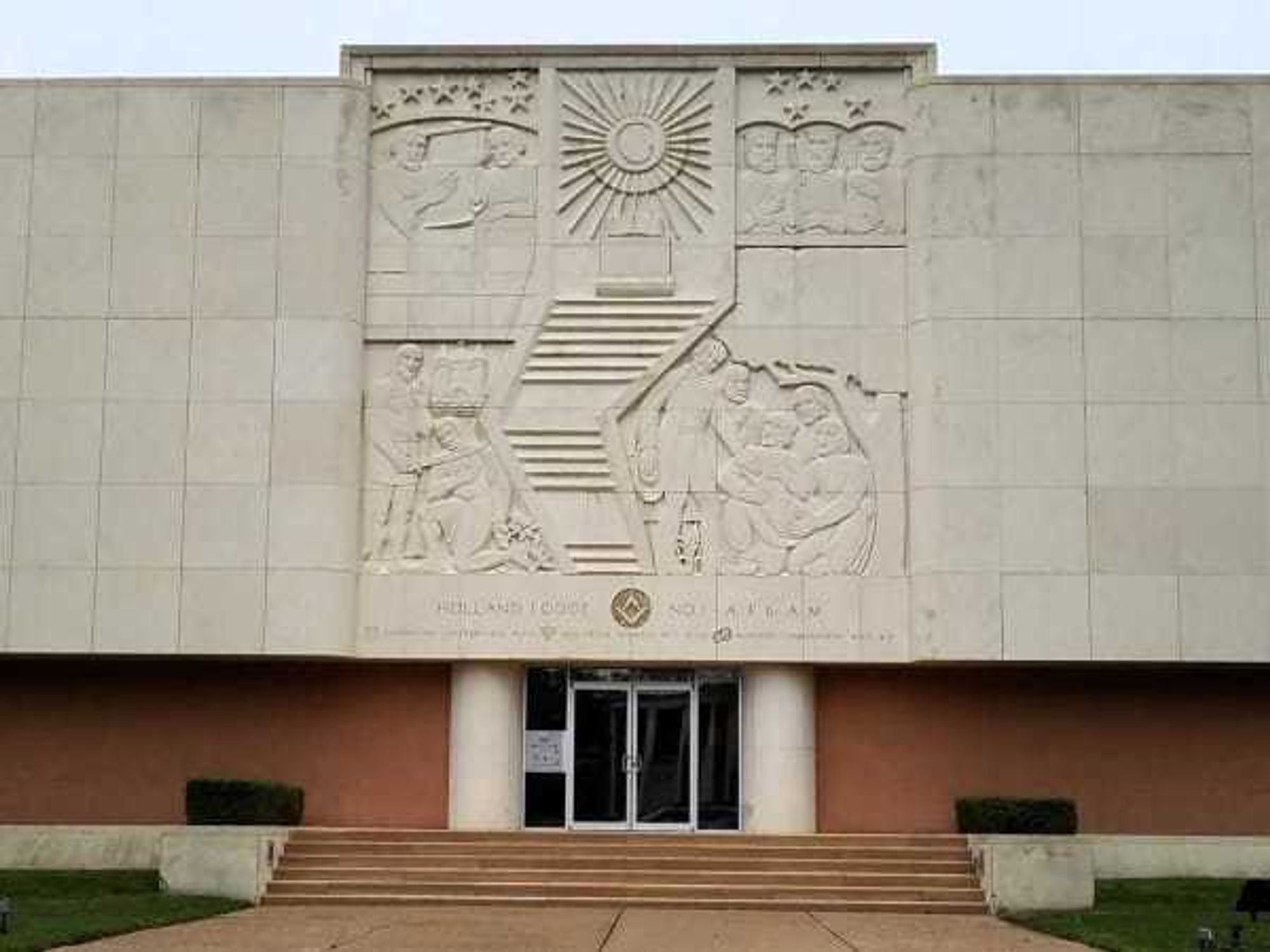After the storm
FEMA's top tips and resources for Texans affected by Hurricane Beryl

Hurricane Beryl was downgraded to a tropical storm as it forged its path inland through Texas on Monday, July 8, but not without first causing havoc along the coast.
In a release, the Federal Emergency Management Agency (FEMA) urged the public to stay alert, even after the storm, and offered the following safety tips and relief resources for those affected along the Texas coast.
"People in the storm’s path are still encouraged to remain vigilant and listen to their local officials, as the storm continues to move inland," FEMA officials said in a statement.
Staying safe
"Residents and visitors affected by the storm should be aware of continued risks and should not walk, swim, or drive through flood waters," FEMA reminds, adding:
- Stay off the roads. Emergency workers may be helping people in flooded areas or cleaning up debris. Residents can assist them by staying off the roads and out of the way. (Here is a list of roads around Houston with high-water spots, as of late Monday morning.)
- Don’t drive through flood waters. Almost half of all flash flood deaths happen in vehicles. "When driving, look out for flooding in low lying areas at bridges and at highway dips," FEMA says. "As little as 6 inches of water may cause people to lose control of their vehicle."
- Do not walk or wade in flood waters. The water may be contaminated by gasoline, oil, or raw sewage. It may also include dangerous wildlife. "For flooded basements, people should never attempt to turn off power or operate circuit breakers while standing in water," FEMA cautions. "Wear gloves and sturdy thick-soled shoes. Do not try to remove heavy debris alone."
- Avoid downed power or utility lines. Think of all downed lines as "live" with deadly voltage. Stay away and report them immediately to the power or utility company. CenterPoint adds, "See downed overhead lines? Stay at least 35 feet away and call 713-207-2222 or 800-332-7143." Find more information here.
As power outages continue, FEMA urges residents and business owners to heed these safety tips:
- Use generators safely. "Generators can be helpful when the power goes out," FEMA says. "It is important to know how to use them safely to prevent carbon monoxide poisoning and other hazards. Only use them outdoors and away from windows."
- Keep freezers and refrigerators closed. Food will stay cold in a refrigerator for about four hours; a full freezer will keep the temperature for about 48 hours, they say.
- Disconnect appliances and electronics. Turn off or disconnect appliances, equipment or electronics. "Power may return with momentary surges or spikes that can cause damage," FEMA says.
Response and relief efforts
Before the hurricane made landfall, FEMA staged areas along the coast with 500,000 meals and 800,000 liters of water, ready to distribute at the state’s request. FEMA also has 60 generators on-site to provide power to critical infrastructure, two Mobile Emergency Response Support vehicles prepared provide support, and more than 60 staff embedded in the area, the agency says.
"The U.S. Coast Guard is on standby with boats and aircraft to assist search and rescue activities as well as reconstitute ports as it becomes safe to do so," FEMA says. "The U.S. Army Corps of Engineers has an Emergency Power Planning and Response Team on the ground to assist with any temporary emergency power needs to critical public facilities."
The State of Texas has more than 2,000 responders deployed to assist with impacts from the storm; for more information, visit Hurricane Beryl (texas.gov).
Nonprofit support
"The Salvation Army has mobilized an Emergency Disaster Services team focused on providing feeding, emotional, and spiritual care and has 35,000 meals ready for storm survivors," FEMA says. "In addition, the American Red Cross has deployed hundreds of trained disaster workers and truckloads of relief supplies, along with numerous emergency response vehicles, to impacted areas. Team Rubicon’s domestic teams have more than 16,000 local volunteers standing by."
For the latest information on Salvation Army relief, go to www.disaster.salvationarmy.org. Watch for regular updates on their social media pages at https://www.facebook.com/SalArmyTX and www.twitter.com/salarmytx.
To donate to Beryl disaster relief, go here.
For more help with food, shelter, and other services, visit this story from CultureMap news partner ABC13.

 The building at 4911 will be torn down for the new greenspace. Holland Lodge No. 1, A.F. & A.M./Facebook
The building at 4911 will be torn down for the new greenspace. Holland Lodge No. 1, A.F. & A.M./Facebook